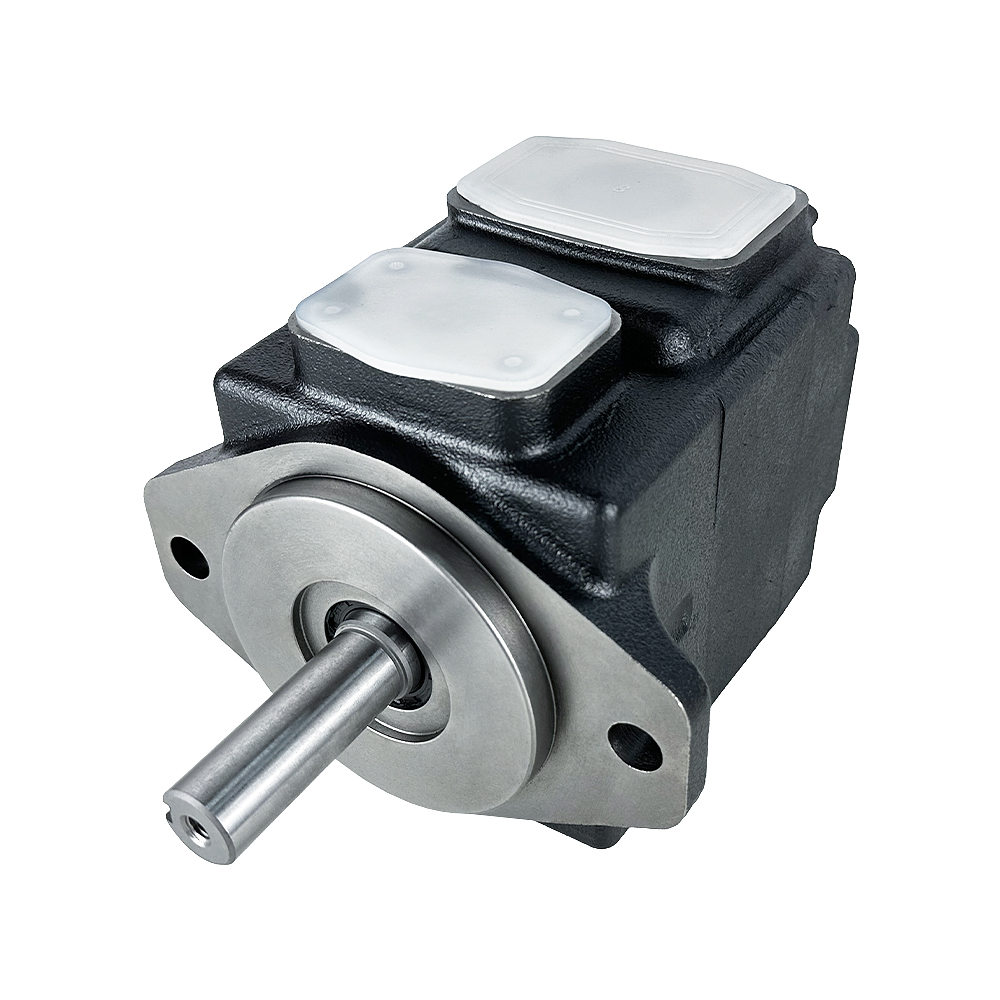The working principle of a hydraulic pump
A hydraulic pump is a device that converts mechanical energy into hydraulic energy, mainly used to generate pressure on liquid fluids.
Its working principle mainly includes the following steps:
Liquid filling of the pressure chamber: The pressure chamber of the hydraulic pump is filled with liquid. In the initial state, the pressure chamber is in a low pressure state.
Compressed liquid: During the working process of the hydraulic pump, the working mechanism such as the piston or gear starts to move and pump the low-pressure liquid into the compression chamber. In this process, the mechanical energy is converted into the kinetic energy of the liquid.

Pressure rises: As the piston or gear moves towards the compression chamber, the liquid is compressed and a high amount of energy is added. As the volume decreases, the pressure also increases accordingly.
Output liquid: When the liquid in the pressure chamber reaches a certain pressure, the liquid enters the pressure system through the outlet valve or outlet pipeline. Through the output of this liquid, the hydraulic pump drives other hydraulic equipment.
The working principle of the hydraulic pump is based on the driving mechanism to drive the liquid to compress and output, so as to achieve the pressure increase and output of the liquid. This principle makes the hydraulic pump a commonly used energy conversion device in hydraulic systems.
